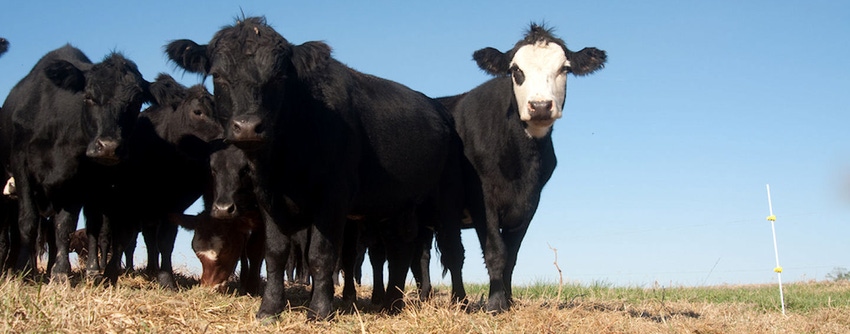
The bull market for cattle seems to have ended. This should not surprise anyone; the factors that drive the cattle cycle are hard wired into human nature. When a commodity is in short supply, prices rise and when supply catches up with demand, prices fall. The last few cattle cycles have had some unusual twists but the basic principles held true.
Barring an unlikely economic boom caused by politicians and bureaucrats actually beginning to work for the good of the country, we can expect to see lower cattle prices for several years. I don't mean for this to turn into a lecture on agricultural economics but we need to realize that in all probability most producers are going to have less total income for some time to come.
When bad times come, most producers react by cutting expenses. If an expense can be done away with or greatly reduced without damaging the operation, it is logical to make that cut. It would have been even more logical, and more beneficial, to have made these cuts when the economic situation was good.
One of the principles of Holistic Management that was an eye opener for me back in the 80's was that profit could and should be budgeted just like you budget note payments, lease bills, and other expenses that you know are going to occur. If the operation does not have a firm commitment to providing this profit or managerial fee or whatever you want to call what you get to put in your pocket, guess what will be the first to go when things get tough. If you cannot come up with a way to turn a profit, it is time to do a total business overhaul.
A very good tool for analyzing any business is an enterprise gross margin analysis. I have touted this procedure in this column before because it is so powerful in determining what parts of the business make money and which lose money. Every enterprise (anything that produces or consumes income) is examined separately to determine how much it contributes toward paying the fixed costs of the operation.
The cow enterprise "sells" calves to the stocker enterprise and "buys" hay from the hay enterprise. It is common to find one or two unprofitable enterprises dragging down the whole operation. Especially hard to justify are enterprises that require heavy inputs of machinery, fuel, chemicals or purchased fertilizer. Running a gross margin analysis is just like culling a cow herd; get rid of the skip breeders, the hard doers, and those addicted to high inputs and profitability rises.
Taking stock beyond fiscal capital
After you do a fiscal gross margin analysis, do the same analysis only measure biological capital rather than fiscal capital. Doing the fiscal analysis will keep you in business but making all production decisions based on their effects on the ecological processes: water cycle, nutrient cycles, energy flow, and biological succession will begin the process of resource regeneration which is the way real wealth is created. As soil becomes biologically, chemically and physically healthier, vegetative swards become more complex, and a larger percentage of available sunlight is converted to biological energy, marvelous things begin to happen.
Animal production increases – with less need for inputs – due to nutrition from grazed forage being at a higher plane for more of the production year. Disease in plants decreases due to a robust and complex soil biology that both limits growth of pathogen populations and improves growing conditions for plants. Disease in animals will decrease for the same reasons provided we don't short circuit the process with stress from poor animal husbandry.
Highly diverse pasture swards capture more solar energy with their mixtures of warm season and cool season plants of many different types. The different kinds of plants nourish a diverse soil life by furnishing different types of root exudates over longer periods of time. These factors nurtured by a well thought out and implemented management plan offer many opportunities to reduce expenditures and improve profit margins. Modern agricultural economic theory is built on producing large volumes of product with low margins between cost and sale price. When profits fall, the call is always to increase production with purchased inputs. If biological capital is increased a great many of the inputs used in conventional agriculture become not only unnecessary but actually counterproductive.
About the Author(s)
You May Also Like




